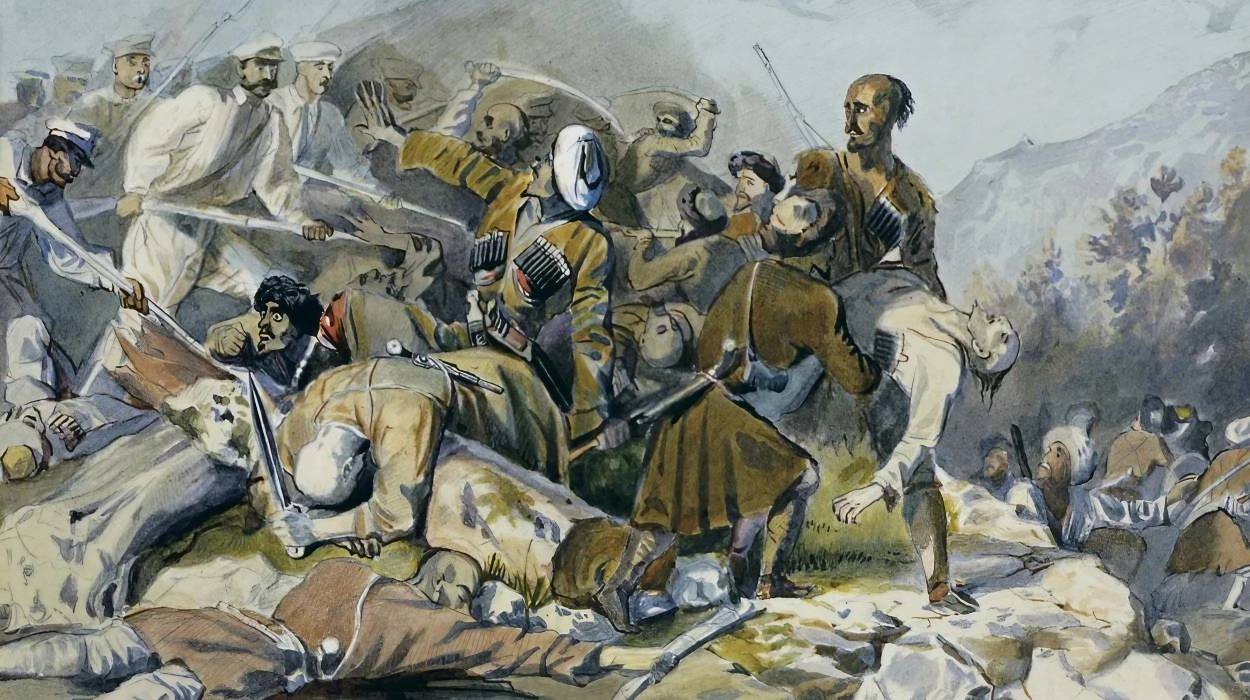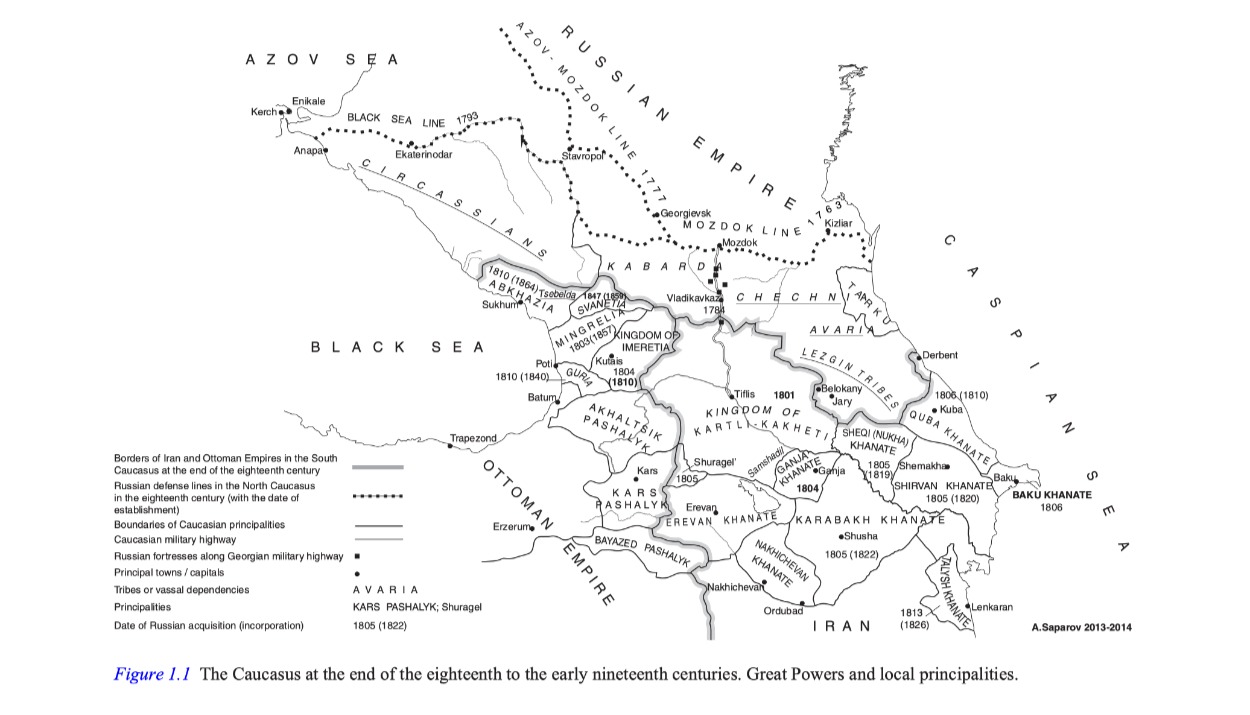The Exodus of Abkhazians During the 19th Century: Resistance, Uprisings, and Exile

Throughout the 19th century, the Russian-Caucasian War brought about significant changes in the geopolitical landscape of the region. The conflict between the Russian Empire and the native peoples of the Caucasus led to significant population displacements, including those of the Abkhazians.
Prof. George Anchabadze, a renowned expert on Abkhazian history, sheds light on the numerous uprisings and forced migrations that this ethnic group experienced during this tumultuous period.
Abkhazians in the Russian-Caucasian War
According to Prof. Anchabadze, the main roles in the Caucasian War were played by the Avars, Chechens, Circassians, and Ubykhs, listed from east to west. However, after these groups, the Abkhazians offered the most resistance in the Caucasus. The largest uprisings in Abkhazia occurred in 1821-27, 1840-45, 1861, 1866, and 1877, with each event leading to significant migrations of Abkhazians to the Ottoman Empire.
![Reading Mercury [London, England] - 07 December 1839 Reading Mercury [London, England] - 07 December 1839](/aw/images/archives/Reading_Mercury_Dec_7_1839.jpg)
Reading Mercury [London, England] - 07 December 1839.
Continuous Resistance and Forced Migration
The cantons of Akhchipsy, Aibga, and Pschu in northwest Abkhazia resisted Russian advances until 1864. That year marked the official end of theRussian-Caucasian War and saw approximately 25,000 Abkhazians, primarily the Sadz, Akhchpsy, Aibga, and Pschu, forced to leave their homeland. Their territories, stretching from Sochi to the Bzyp River, became almost completely deserted.

The Caucasus at the end of the 18th to the early 19th centuries.
Subsequent Uprisings and Population Decline
Following the suppression of the Abkhazian uprising in 1866, another 20,000 people emigrated. The Kodor Gorge, which included the cantons of Tsabal and Dal, became completely deserted, with no Abkhazians remaining. After the suppression of the Abkhazian uprising in 1877, between 30,000 and 40,000 Mukhadzirs (exiles) were recorded, leaving no Abkhazian villages in all of central Abkhazia, from the Gumista River to Kodor.

Abkhazians who took part in the 1866 Lykhny rebellion. Photo by Dmitri Yermakov (1846-1916).
The Extent of Forced Migration
Prominent Abkhaz historian Georgy Dzidzaria conducted an in-depth study of the forced migration of Abkhazians. He estimated that around 135,000 Abkhazians and North Caucasians, including Tapanta and Ashkharaoua, migrated to the Ottoman Empire in total.
The Abkhazians faced significant challenges during the 19th-century Caucasian War, including continuous resistance, numerous uprisings, and the forced migration of a substantial portion of their population. Prof. George Anchabadze's research highlights the extent of these migrations and their impact on the Abkhazian people. The legacy of these events continues to shape the Caucasus region's contemporary geopolitical landscape.
Further reading
- Abkhazia and the Caucasian War: 1810-1864, by George Anchabadze
- Conquest and Exile, by Austin Jersild
- Lapinski: Abkhaz people are the last in the Caucasus who still put up resistance to the Muscovites
- 21 May 1864: From Dmitri Kipiani to Grand Duke Mikhail Nikolaevich Romanov
- UNPO Resolution on the Issue of the Repatriation of Deported Abkhaz during the Russian Caucasian War and the Legitimacy of the regime Sanctions against Abkhazia
- Georgii Tsereteli (1879): It’s time that we grab new territories in the Caucasus
- Who should be settled in Abkhazia? By Jakob Gogebashvili (1877)
- The solitude of Abkhazia, by Douglas W. Freshfield (1896)
- Thirty years of "guilt" (1877-1907), by Stanislav Lakoba
- Demographic change in Abkhazia 1897–1989